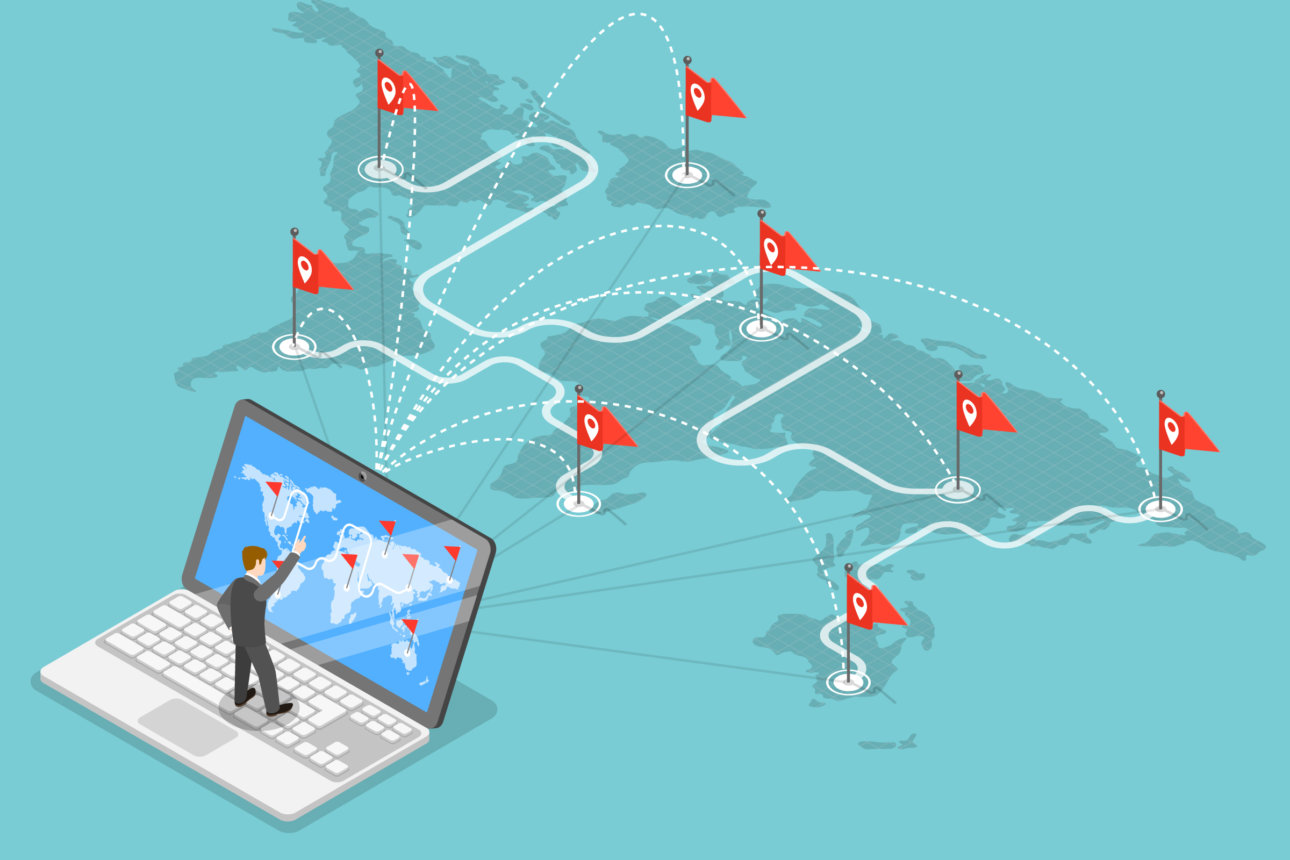Managing in the Location-Tracking Era
Real-time locating systems allow precise tracking of every asset. But to make the most of these technologies, slow-moving processes must be adjusted.

Shifting business operations to the cloud makes workplaces, assets, and people more connected than ever. That brings a host of changes, one of which will deliver a profound shift in how organizations operate: real-time locating systems (RTLS). Managers will be in a position to pinpoint the precise whereabouts of just about all their assets, down to the centimeter.
This is likely to happen quickly due to a technological chain reaction already underway, in which workers and machines are being outfitted with technologies that send information to the cloud continuously. To take advantage of cloud computing opportunities, businesses are investing in uplink data connectivity, particularly in the form of private LTE networks and 5G wireless, which provide faster-than-ever transfers of unprecedented amounts of data to the cloud.
Through my work at Quuppa, an RTLS provider, I’m seeing businesses across numerous industries marry this new technology with RTLS. Suddenly, managers are being inundated with location information. If they use it wisely, they can build more efficient operations, maximize scalability, and reduce infrastructure costs at every step in the supply chain. Real-time location information can help protect assets, fix problems, and get workers anything they need to finish a job or close a sale quickly.
For example, industries and governments are beginning to invest in smart ports — a great starting point, given that more than 90% of world trade is carried by sea. Implementing smart technologies at ports allows businesses to track cargo, avoid traffic jams, find shipments that go missing, and protect against theft. Such technologies can also be used to ensure that changing environmental regulations are followed, as three University of Houston professors found in a study.
But it isn’t just products that can be tracked. Managers can tag pieces of equipment with devices that allow them to be tracked as well. These devices use location-based service programs that run on RTLS. For example, at airport hangars, workers can find the exact piece of equipment they need easily, so an entire maintenance process need not come to a halt simply because a piece of specialized equipment was misplaced.
Similarly, in manufacturing, if a piece of machinery breaks down, location systems can guide managers to the exact spot at which the malfunction occurred, bypassing the guesswork that can slow operations.
These technologies could be extended all the way through a customer’s retail experience.

Comment (1)
Javier Humberto Avila